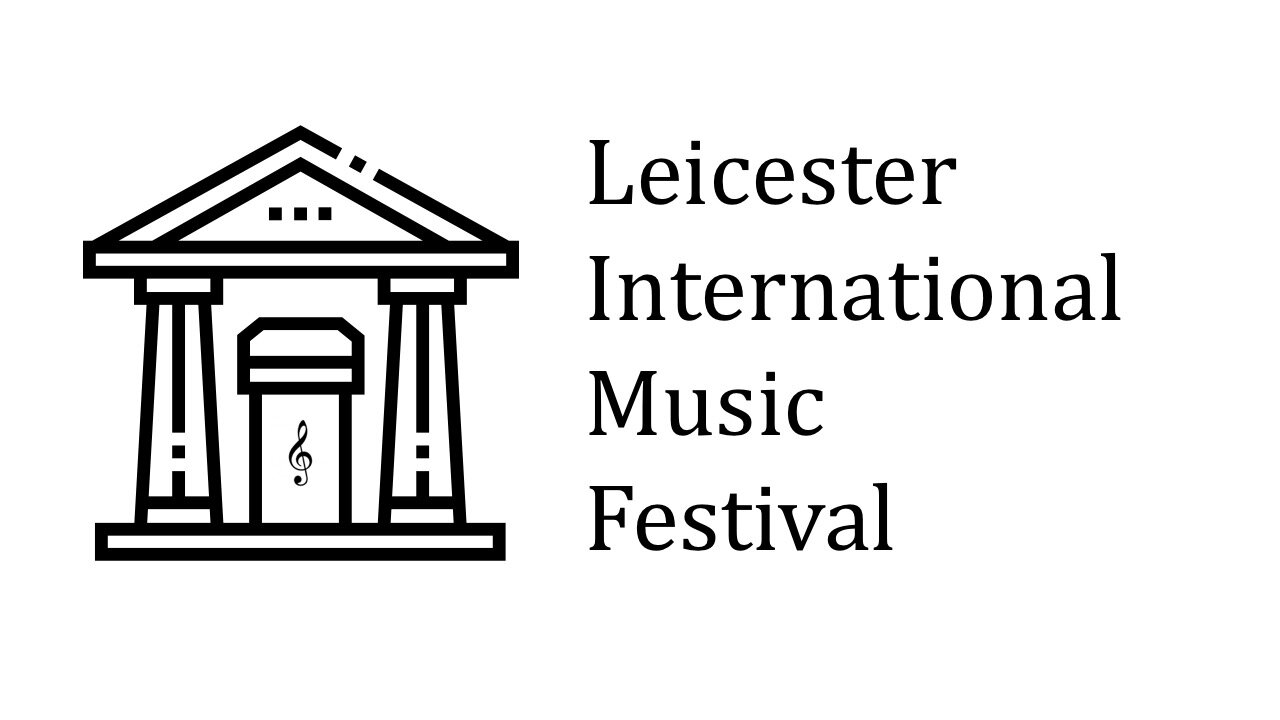Aronowitz Ensemble, 18 February 2016
Programme notes
Adagio and Rondo Concertante in F, D 487: Franz Schubert (1797-1828)
In 1816, Schubert composed three works in which, unusually for him, a solo instrument takes centre-stage: two for violin – the Konzertstück (Concert-piece) in D, D 345, and the Adagio and Rondo in A, D 438 – and this work for piano and string trio. Dating from October of that year, but not published until 1865, it remains Schubert’s only work for this combination of instruments.
He is said to have composed it in response to a request from Heinrich Grob, the multi-instrumentalist brother of Therese Grob, who sang the soprano part in the first performance of Schubert’s Mass in F two years earlier. Schubert is said to have been in love with her, but that any marriage prospects were ruled out by his poor financial state. All the same, he often joined the Grob family for musical evenings, and by giving Heinrich a substantial piano part in this work he may have been trying to smooth the way for his acceptance as a potential brother-in-law.
At the same time, there is the purely musical question of balancing strings and piano. Conventional wisdom says that while a violin and cello can form an effective small ensemble with the piano (as Schubert himself demonstrated in the two large-scale piano trios he composed in 1827), and a string quartet can match a piano for sonority, three is an awkward number that falls between the two stools. This, we are often told, is why there are relatively few successful piano quartets in the repertory.
The piano’s dominant role in the Adagio and Rondo Concertante, with the strings largely in support, is one solution to the problem, leading a number of writers to describe the work in terms more of a miniature concerto than a piece of chamber music. The adagio is an imposing, extended introduction to the rondo, whose Mozartian main theme is a source of driving energy, which eases off from time to time but never really lets up.
Piano Quartet No 2 in G minor, Op 45: Gabriel Fauré (1845-1924)
1. Allegro molto moderato
2. Allegro molto
3. Adagio non troppo
4. Allegro molto
Fauré was one of the first French composers to benefit from an upsurge of interest in chamber music stimulated by the creation in Paris of the Société Nationale de Musique founded partly by his teacher, Saint-Saëns, in 1871. Beginning with his First Violin Sonata of 1875-6 and ending with the String Quartet written shortly before he died, he made one of the most distinguished contributions to the chamber music repertory of the late nineteenth and early twentieth centuries.
We don’t know exactly when he began his Second Piano Quartet – there is no date on the manuscript, and no surviving letters referring to it – but it seems to have been sometime in 1885. He finished it the following year, and was the pianist at the first performance in January 1887. It is dedicated to the Belgian violinist Hubert Léonard, professor at the Brussels Conservatoire, who had given Fauré some valuable advice while he was working on his First Violin Sonata some ten years earlier.
The opening, with its arching melody for the three strings in unison, immediately reveals the undercurrent of controlled emotional turbulence which runs through the whole work. Gentler themes, for viola, for violin, and for viola and cello, provide an expressive contrast. It is followed by a tense, rhythmically charged second movement that derives much of its propulsive energy from the syncopated piano theme heard shortly after the start.
Fauré rarely described his sources of inspiration, but in the case of the third movement he linked the opening to a childhood memory (in a letter to his wife in 1906):
…without really meaning to, I recalled a peal of bells we used to hear of an evening, drifting over to Montgauzy from a village called Cadirac whenever the wind blew from the west. Their sound gives rise to a vague reverie which, like all vague reveries, is not translatable into words.
In an article on Fauré published in 1924, Aaron Copland summed this movement up perfectly: ‘its beauty is a truly classic one if we define classicism as intensity on a background of calm’. The finale brings the Quartet’s tensions to a head in music marked by a powerful driving energy. They are eventually resolved in an exultant concluding section of steadily mounting excitement.
© Mike Wheeler, 2015
